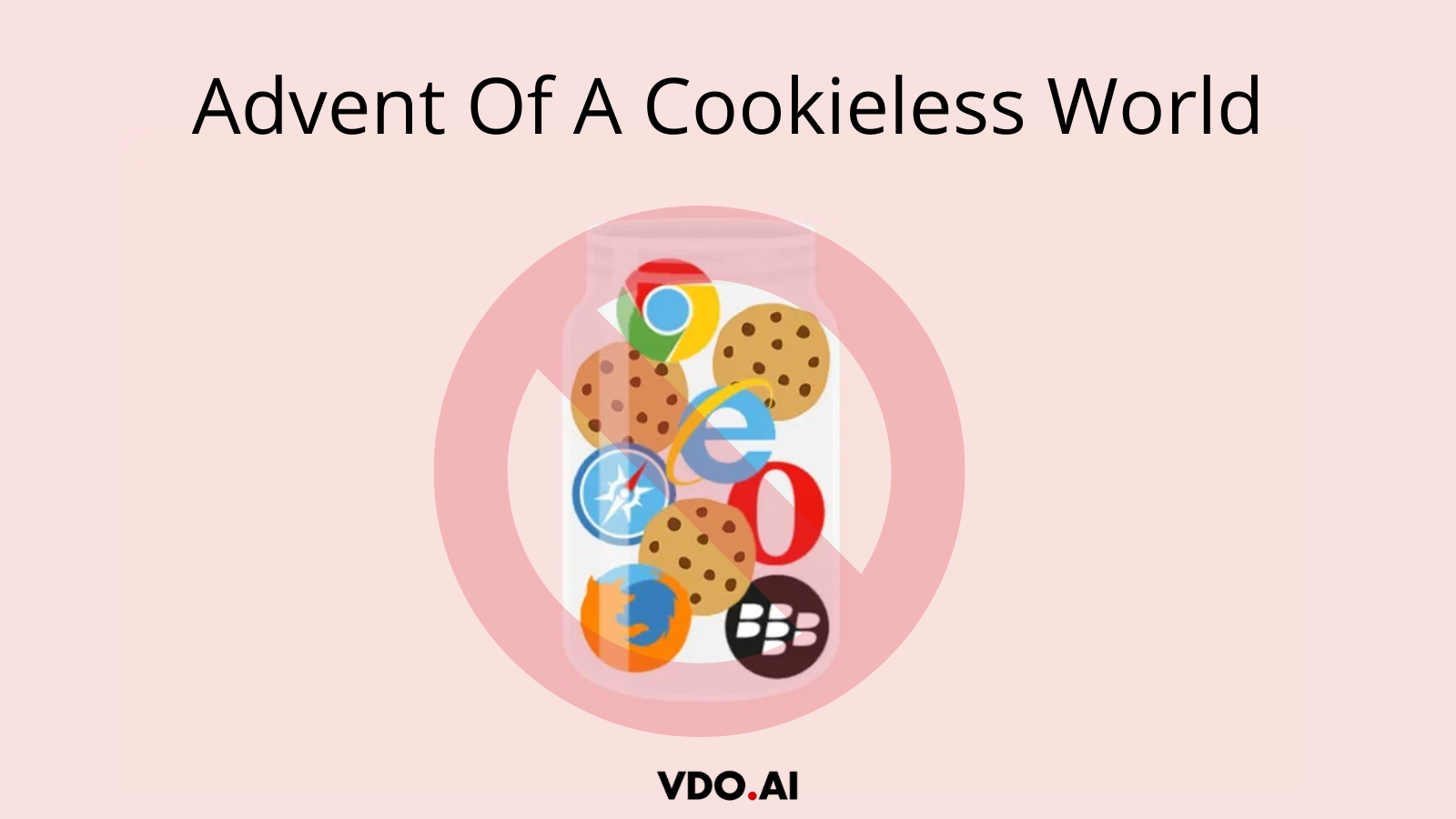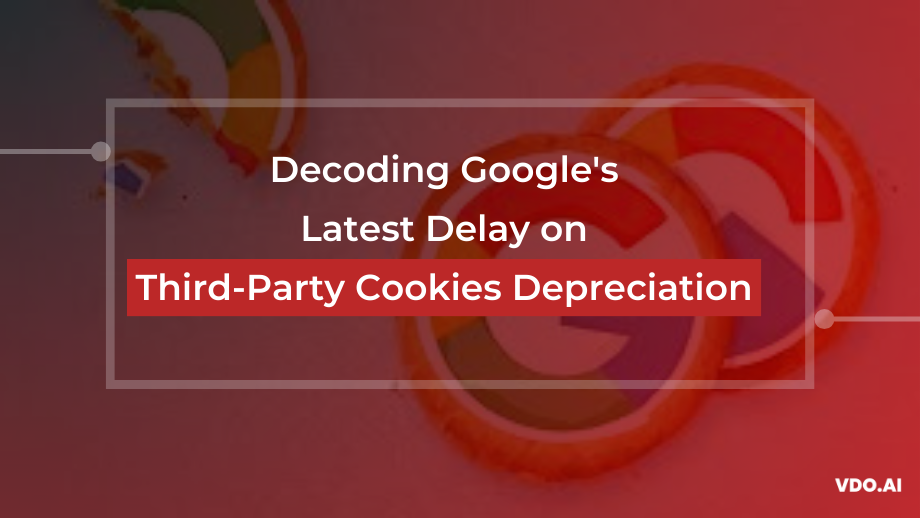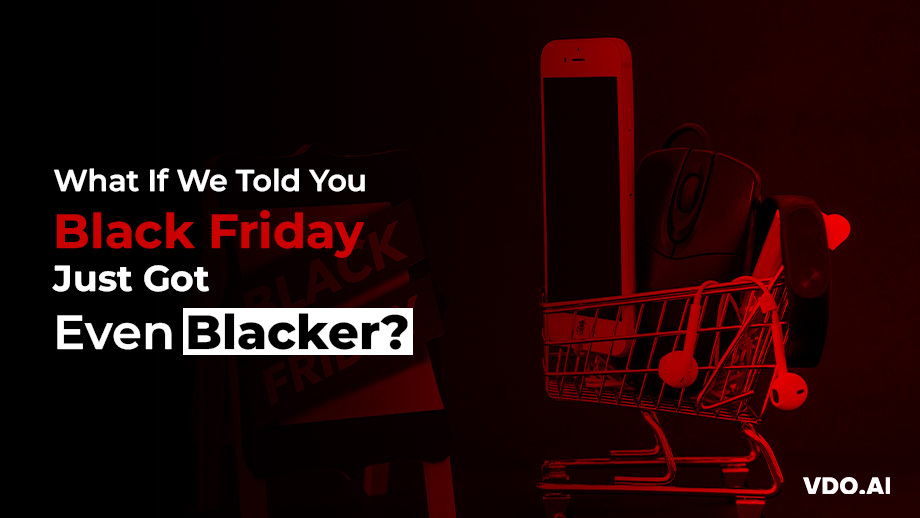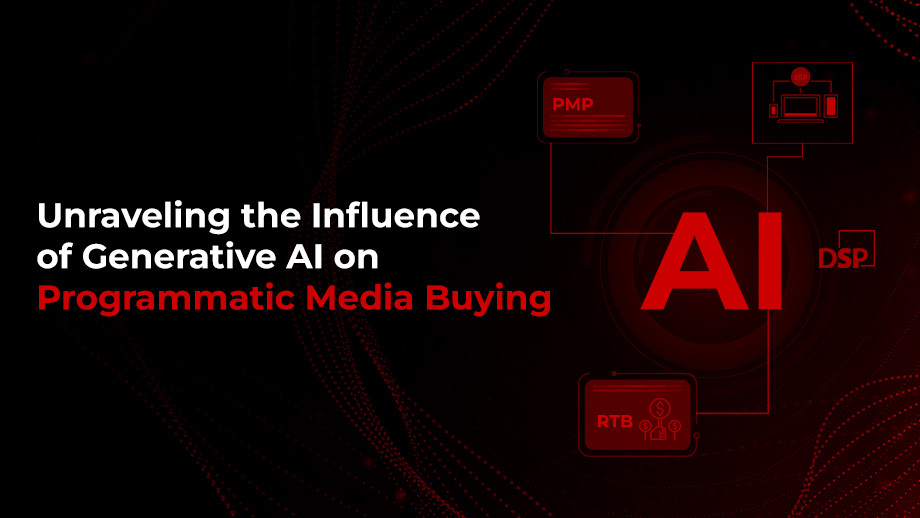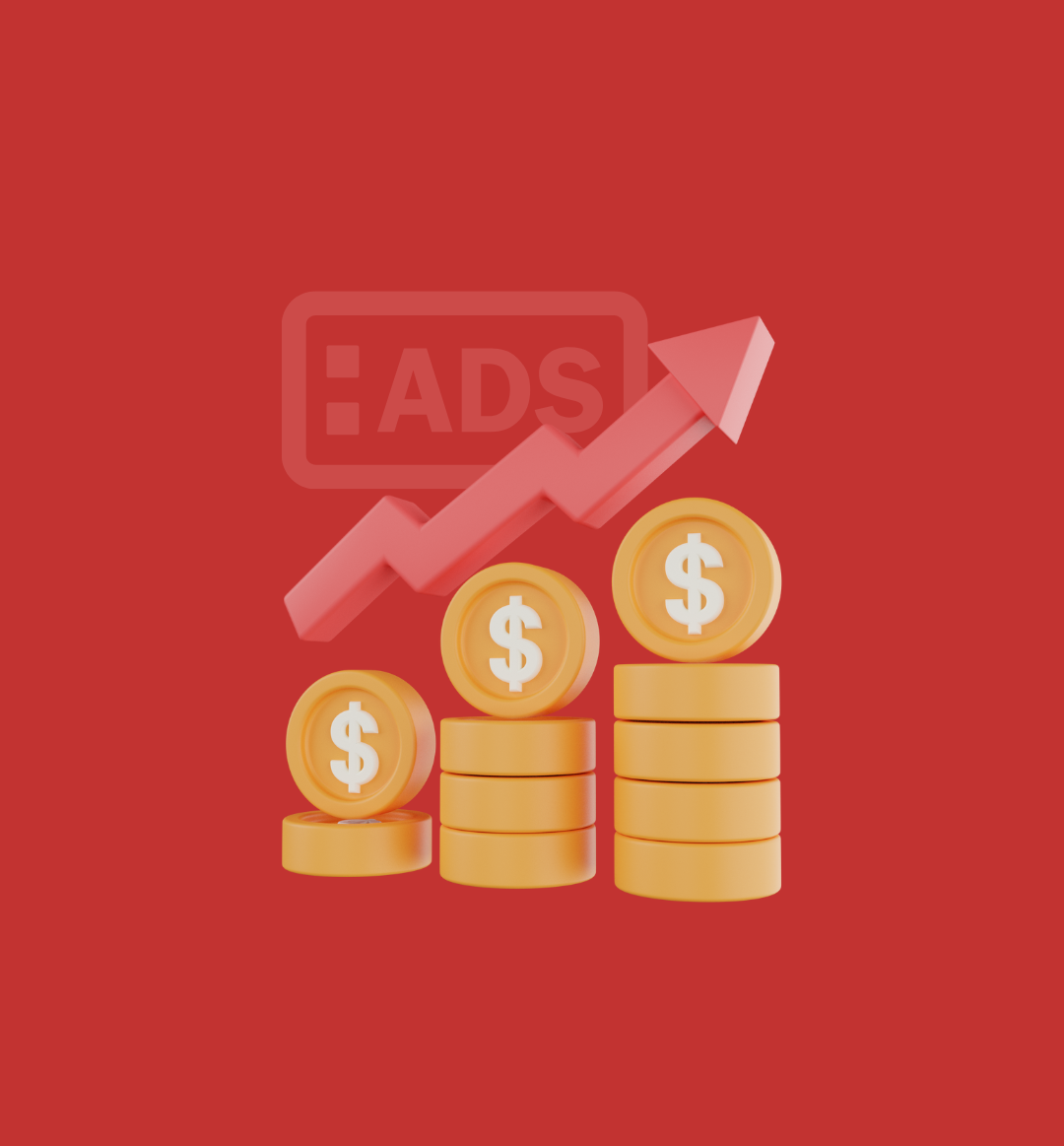Advent Of A Cookieless World
Reading Time: 4 minutesJust like the cosmological model of the Big Bang Theory, the internet also witnessed a big bang: The Cookies, which changed the web from a place of uncountable visits into a rich environment by remembering the web configuration such as language preferences, login details, products added to the shopping cart, sites visited etc. Cookies make our lives easier by filling up our passwords and other details without us remembering and entering it first hand!
The Route To A Cookieless World
Cookies deliver users’ online activities, and behaviors to provide suited recommendations to their audience to the marketers making these 3rd party cookies the backbone of digital advertising. But with it, surfaces a lot of privacy concerns and cyber threats. The Consumer Privacy Acts like GDPR, CCPA have gained some light lately. These ensure that user data tracking is happening with user’s consent and transparency. Players like Apple Safari and Mozilla Firefox have already scrapped 3rd party cookies by introducing ITP2.2 and ETP respectively which blocks the third-party cookies. Infact these 3rd party cookies in the presence of the above technologies pretend as first-party by their enhanced tracking system which makes sure transparency and consent management are taken care of.

Bidding a goodbye to the 3rd party cookies, would affect targeting the right audiences in programmatic advertising’s elements such as:
- Behavioural Targeting: Displays ads to users based on their behaviour across different websites.
- Audience Targeting: Exports audiences to DSPs for targeting.
- Ad Retargeting: Displays ads to users across the web who have previously visited your website.
- Frequency Capping: Limits the number of times an ad is shown to the same user in a given time frame.
- Audience Extension: Displays ads to a publisher’s audience across different websites.
- View-Through Attribution: Attributes an ad view with a conversion.
Impact on Advertising
The impact of scrapping the 3rd party cookies will be reflected in the entire ad space since from the last 2 decades the marketers have relied majorly on these cookies for various purposes like retargeting, conversion tracking, etc.
- Publishers: SSP and Ad Exchange won’t be able to identify users on websites in the same way they can now by using third-party cookies.
- DMP: DMPs won’t be able to create audiences that can be later used for targeting by advertisers.
- AdTech Platforms: They won’t be able to map the relevant user to display the ads on the browser affecting their targeting, frequency capping, and conversion tracking.
- Advertisers: They are dependent on the cookie data to target and reach relevant users. In a cookie-less world they’d need to work on building first-party audiences and tie-up with a relevant publisher.
Now What?
Cookies drive effective and personalised ads to the relevant audience, so does that mean, without cookies no ads will reach the right audience? Let’s find out.
First Party Data: Though the 3rd party cookies are completely going extinct soon, marketers would still be able use the first-party data gathered from advertiser’s website, CRM tools, foot-traffic, and in-app data. It will be more relevant to the marketer as it’ll display the data of the user who has shown interest in the product and service increasing the conversion rate.

Contextual Advertising: It is an old school technique which helps in reaching the “right user at the right time” by using relevant keywords, ads on the same webpage. This would generate a higher click-through rate and conversion rate.
One of the best examples of contextual advertising would be the Rolex ads which are played during Wimbledon – The oldest tennis tournament in the world. The user is shown an advertisement where famous tennis players like Roger Federer and Novak Djokovic are playing “world class” tennis. It helps the users connect better with the brands.

White List: Targeting a list of domains, channels, and apps that are relevant to the advertiser makes the user see many related ads populating on the website. This periodical optimization of performing websites would help bring the higher conversion rates.
Universal Id: DMPs which collect and use non-cookie IDs are unlikely to get touched by this storm. Email Ids, device Ids can enable advertisers to understand and study their target audience. AdTech companies are building ID-based Infra to help the advertisers to market their product to relevant users.
Digital Fingerprint: It is a method through which things like IP address, time zone, operating system, and browsers help set up a digital fingerprint. This is used to target the audience with adverts and isn’t cookie-based advertising. Many organizations opt for digital fingerprinting for targeting the audience as it is efficient and effective.
Artificial Intelligence: This is a comparatively new and effective substitute for cookieless advertising. Siri, Google Assistant, Cortana and Alexa have given search a new dimension: Voice Search, enabling better and relevant search results.
How Can Marketing Professionals Oscillate?
Marketers can deduce behavioural data to connect what consumers want and drive better engagement. This involves continuous testing and implementing different data models to ultimately find what works best.
Data-as-a-service (DaaS) vendors can deliver these unique insights providing a wider view of shopping behaviours. These insights will enable smarter and safer engagements to the right audience with the right message at the right time. Access to this type of behavioural data can help marketers oscillate and remain strong as digital marketing alters its way
Wrapping Up
By 2022 the web world will go completely cookieless, and that’s when we’ll notice a new era of advertising and marketing. Presently the marketers implement strategies which curbs user’s privacy. But with the advent of cookieless advertising, the marketers and advertisers will have to adapt to user-friendly strategies.

